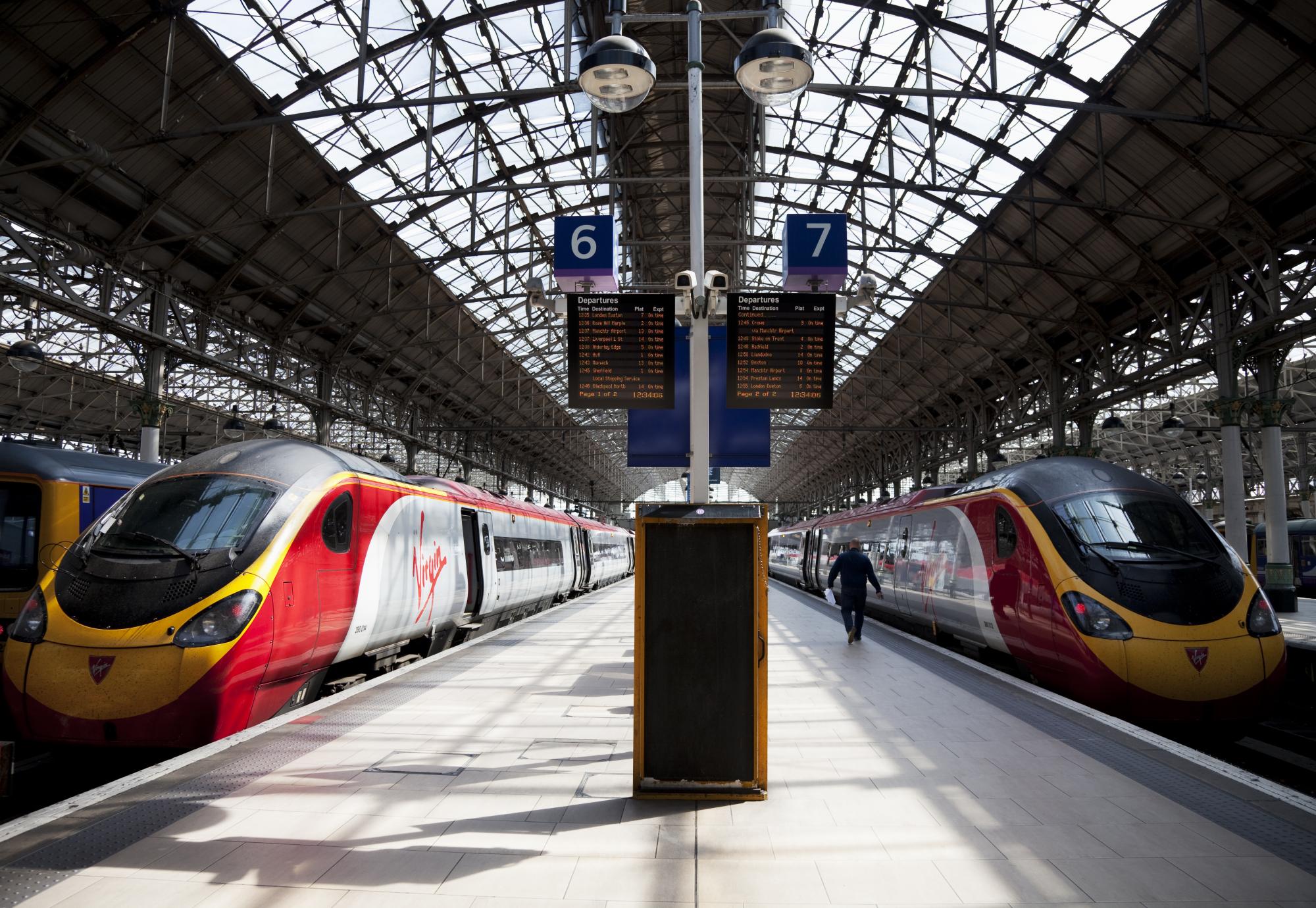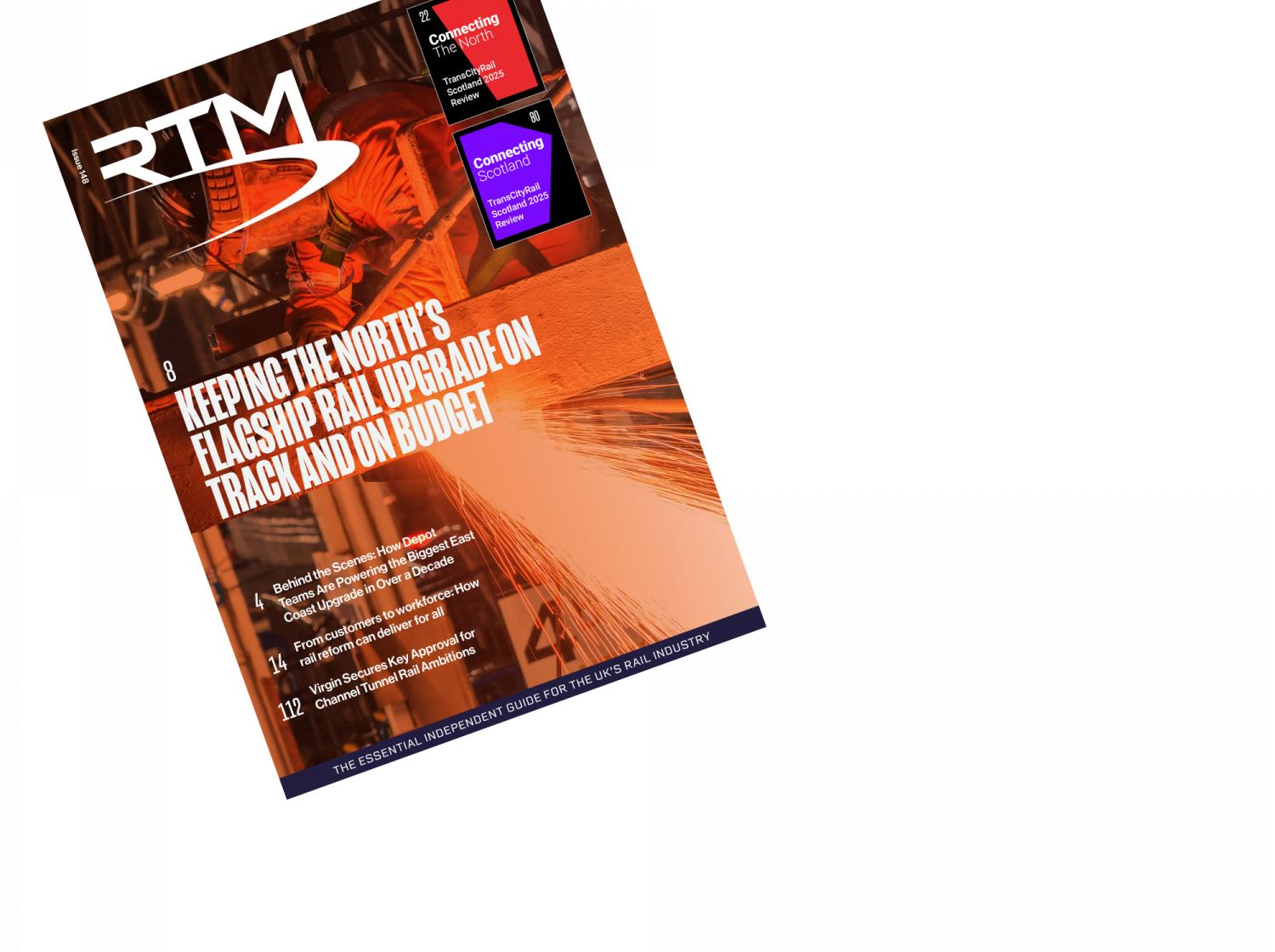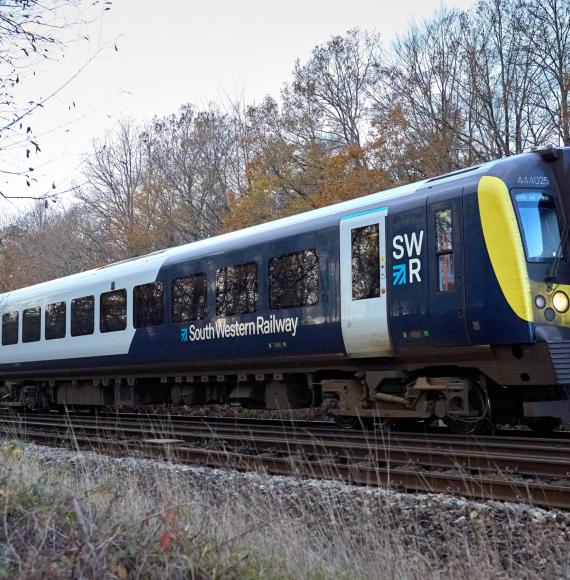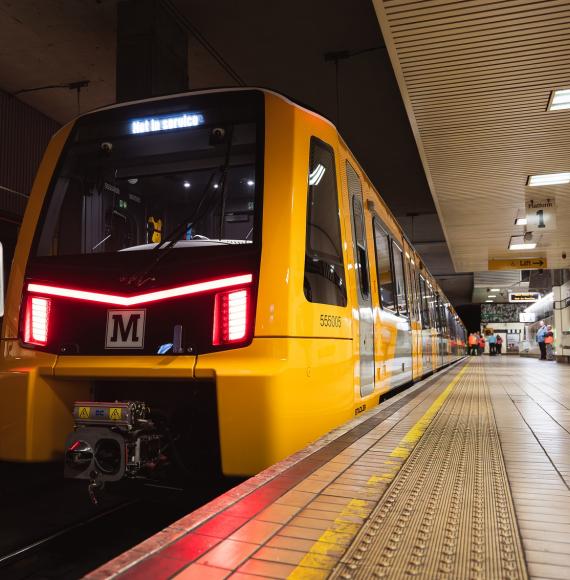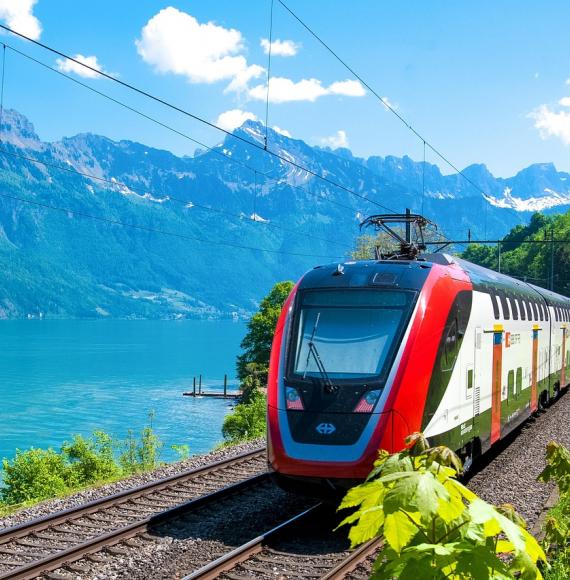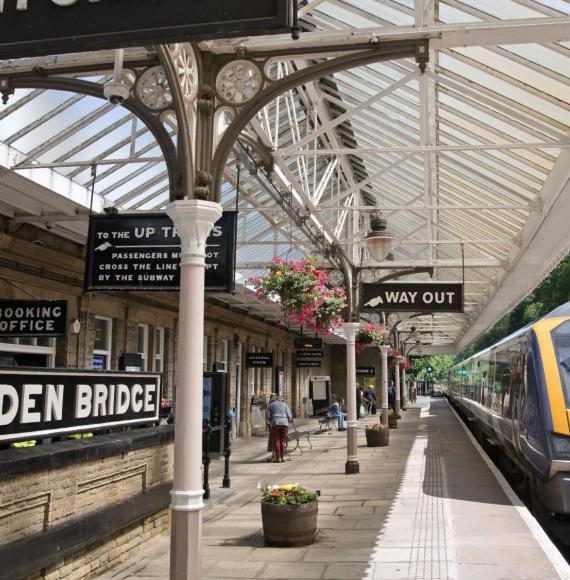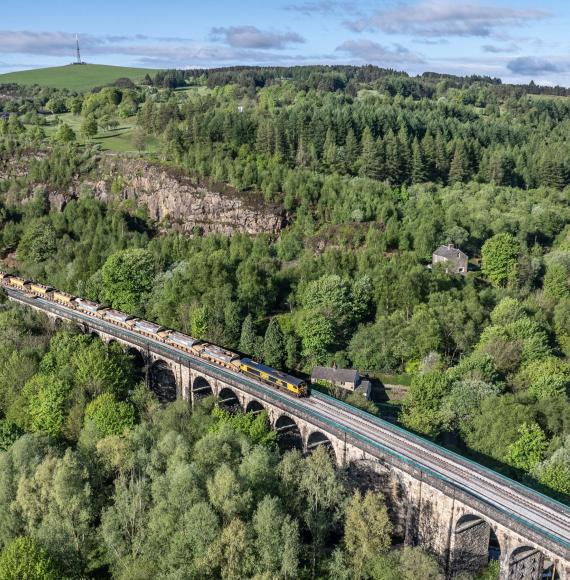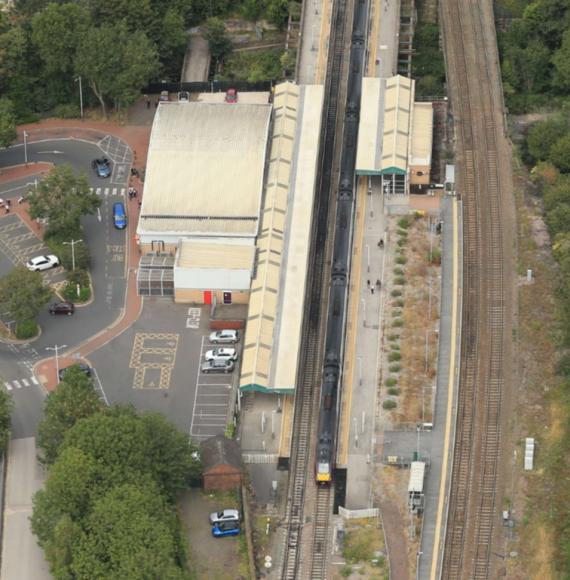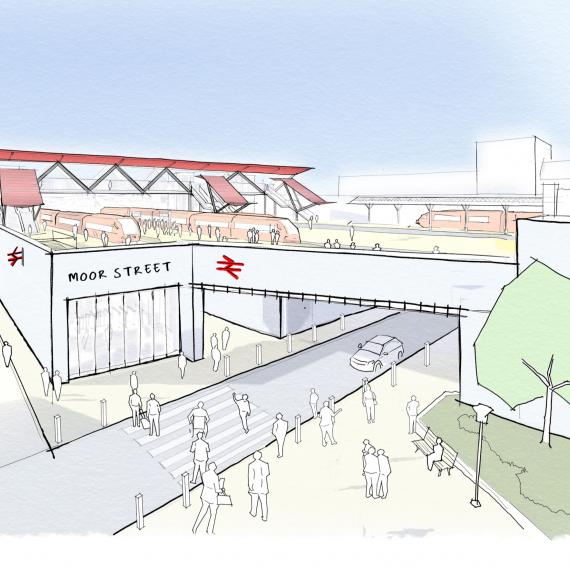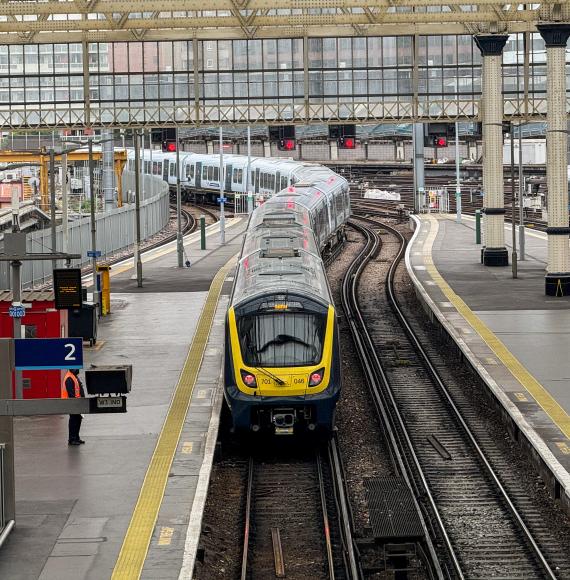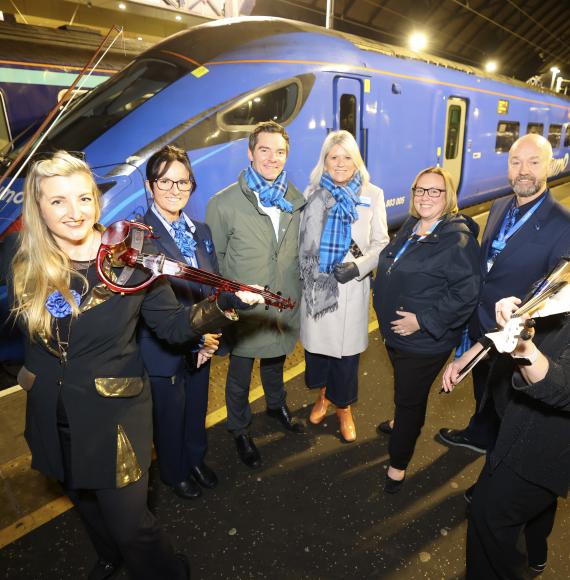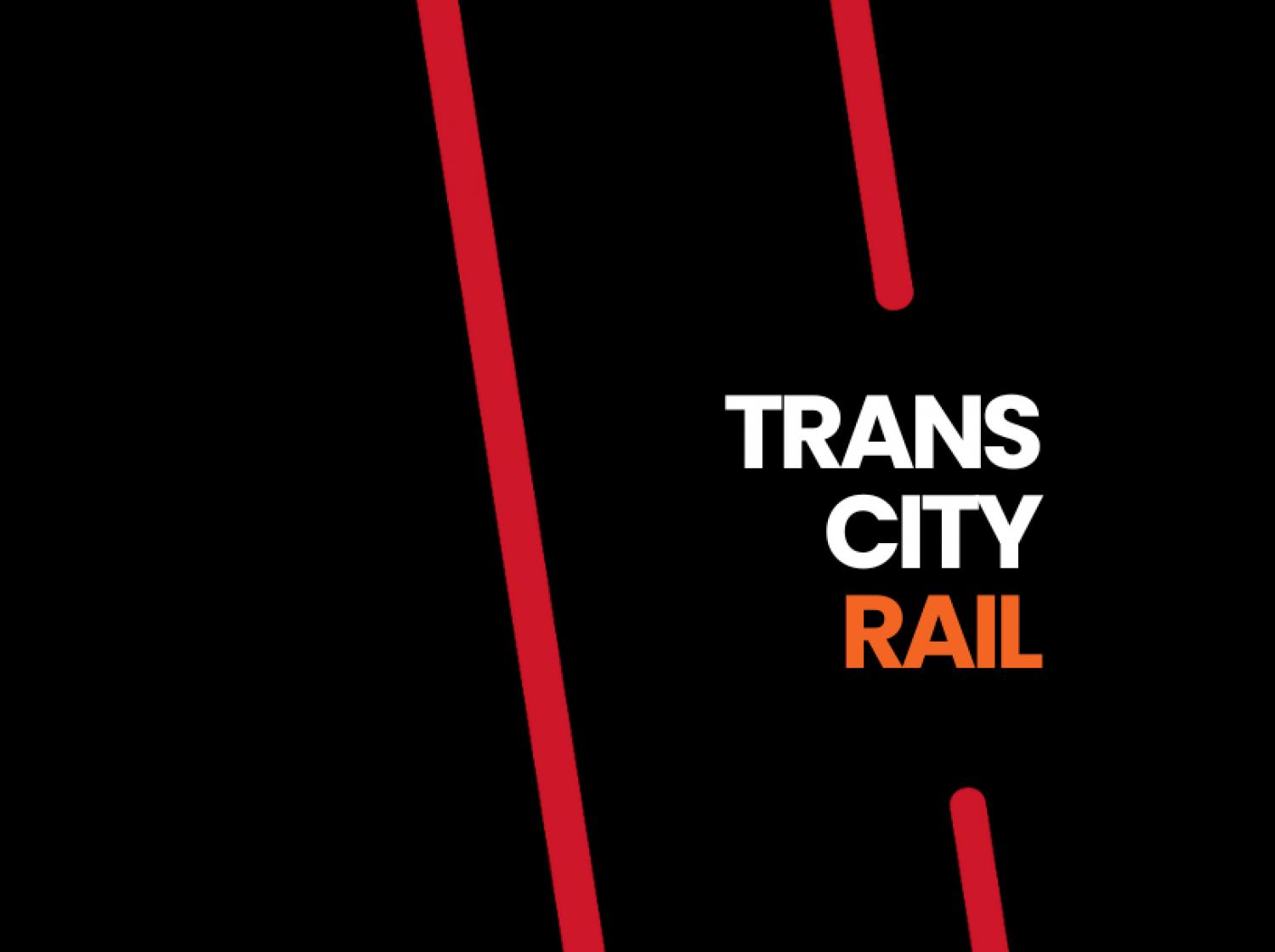Mark Thurston, CEO of High Speed Two (HS2) Ltd, recently appeared before the Public Accounts Committee (PAC), accompanied by Department for Transport permanent secretary Bernadette Kelly and High-Speed Rail director general Clive Maxwell. The purpose of this committee hearing was to address the cost estimates involved with the ongoing construction of the project, among other things.
As the HS2 rollout progresses into the North of the UK, a large topic of debate has been what kind of station or terminus would end up being built in Manchester as part of Phase 2b of the project? Plans for an underground development running through Manchester Piccadilly have been continuously championed by many engineers and rail planners, as it would improve options for passengers by maximising the connectivity and value of HS2.
Maxwell outlined the costs and labour involved with the potential underground station:
“The Department has looked very extensively, with HS2’s help, at what the alternatives were and at doing that underground.
“It would have meant digging a very large underground box and cavern to accommodate all those platforms, and that would have cost very large sums of money. It would also have led to huge amounts of disruption in central Manchester.
“I think the estimates we had were up to £5bn extra for that station, so the Department, Ministers and the Government took the view that that was not the right thing to do, and that instead a surface station with a turn-back facility should be used, allowing trains to go in one way and come back out the other way.”
Maxwell proceeded to be questioned by the MP for Stretford and Urmston Kate Green, regarding the potential benefits that the underground Piccadilly renovation could bring. Maxwell responded:
“The most obvious one is that if you are building on the surface, you can’t use that surface space for other types of development, and that is one of the things that Manchester has been interested in doing. As I say, the disbenefits of doing it—the very much higher cost of building it underground and the disruption involved—outweighed that.”
The HS2 roll out is currently estimated to cost £98 billion, after original projections of £55.7 billion from 2015, making it the most expensive infrastructure development project ever in Europe. This near doubling of original budgetary estimations, requires HS2 to be stricter in their spending and evaluate the best implementation of their budget, meaning extensions such as Piccadilly underground cannot be prioritised.

